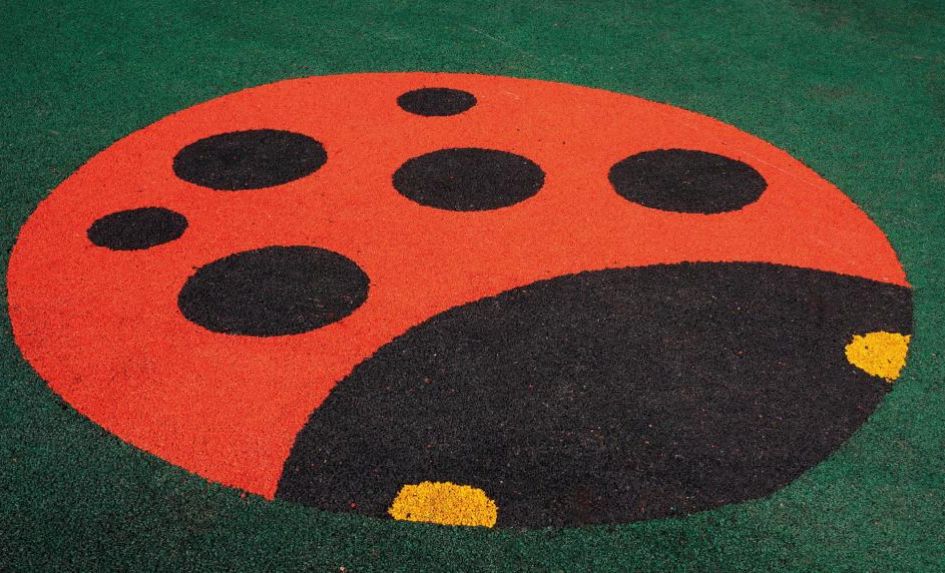When it comes to playground surfaces, there’s so much choice available that it can be a daunting task to work out exactly what’s right for your play area. Too often, schools will end up spending unnecessary time on meetings and getting quotations for things that simply aren’t suited to their specific needs.
Protective safety surfacing, for example, is frequently seen in public play areas – usually in the form of loose fill materials such as woodchip, or a synthetic surface that can be produced in tiles, layered or applied as a wet-pour solution.
With safety naturally among your foremost concerns, you might feel that this is the type of surface you need. However, safety surfacing is only designed to reduce the severity of fall injuries, and does little to reduce the overall number of accidents experienced in a play environment.
Its provision should be viewed in perspective. Safety surfacing will certainly reduce the risk of severe head injury where play equipment is present, but these types of falls from equipment occur very rarely among children over the age of 5.
It’s therefore much better suited to early years settings, where the risk of such injuries will be higher, or in areas containing equipment over a certain height.
If you’re considering fitting a protective safety surface, check that the suppliers you contact can provide written assurance that their products are compliant with the European Standard EN1177 pertaining to playground equipment, and that it’s intended for an appropriate site as outlined in European Standard EN1176. Copies of appropriate test certificates should be supplied on request.
The traditional route
If the children are going to be using your play area primarily for sports and ball games, a traditional grass, tarmac or concrete surface will often suffice, but these age-old solutions aren’t without issues.
Tarmac and concrete surfaces have long lifespans, but these can be shortened by invasive plants such as knotweed, or tree roots forcing their way up through the surface and causing cracks.
Watch out for such issues – if you catch them quickly, you may be able to take action before they cause accidents and/or additional expense.
One obvious sign that tarmac is due for renewal is when a noticeable quantity of loose gravel forms on on its surface, due to the bitumen losing its grip on the embedded aggregate.
This gravel will eventually cause slips on the playground, making resurfacing all but inevitable (and likely costly). It’s lengthy process, however – with careful monitoring, you may be able to resurface smaller portions of the area over a span of years, thus spreading the cost over several budget periods.
Alternatively, consider dressing your tarmac or concrete with a set of anti-slip thermoplastic playground markings. These can make play safer by zoning activities and reducing the risk of slip-related accidents.
Every type of playground surface has its own set of strengths and disadvantages, with no one type able to serve as the best fit for all purposes.
The best place to start when embarking on a playground surfacing project is to first identify who’ll be using the play area and how they’ll be using it.
That will lead towards identifying what specific strengths you’ll need from your chosen surface, and allow you to take steps and make plans for mitigating any potential pitfalls.
Eleanor Wyborn is marketing director at Thermapply.










